PANISS applications
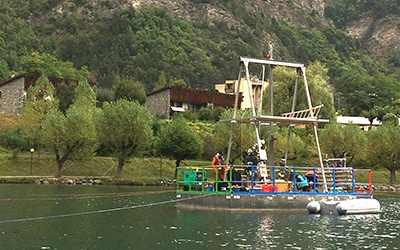
Carbonates
Isotopic analysis δ13C and δ18O carbonate samples (foraminifera, corals, ostracods, speleothems, fine fraction, etc.) by IRMS spectrometry and IRIS laser
. Characterisation of climate change at high temporal resolution, mainly in tropical to sub-tropical areas (hydrological cycles, ocean conditions)
. Reconstruction of the past variability of certain climate modes (ENSO type)
. Evolution of the ocean carbonate system in relation to CO2 atmospheric
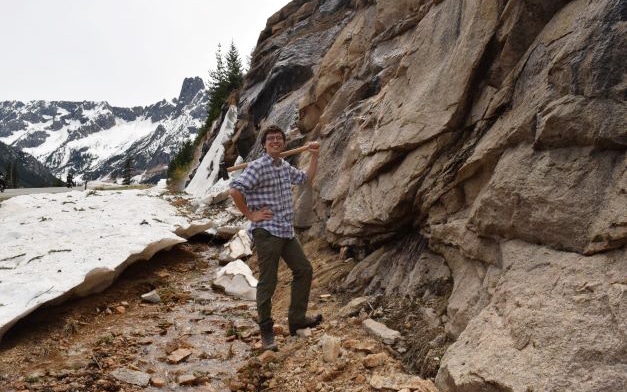
Clumped isotopes carbonates
The ∆47 and ∆48 compositions of the carbonates provide information on the mineralization temperature of the minerals and provide a paleo-thermometer that will be used to :
- Reconstructing past marine temperatures: measurements on the shells of carbonate microplankton (foraminifera, for example).
- Reconstructing surface temperatures: measurements on continental carbonates (e.g. soil calcite or continental gastropods).
- Reconstructing the history of basin burial or fault activity: measurements on secondary carbonates (i.e. formed during diagenesis processes).
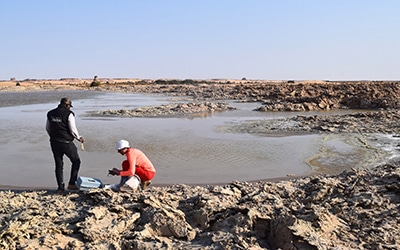
Silicates
The compositions in δ18O, δ17O and 17O-excess biogenic silicates (phytoliths, diatoms), authigenic minerals and oxides, meteorites and micrometeorites are analyzed at CEREGE for :
- The development of new paleoclimatic tracers (e.g. continental relative atmospheric humidity).
- Reconstitution of the past dynamics of the continental water cycle: origin and quantity of precipitation, relative atmospheric humidity, water balance of lakes, evapo-transpiration fluxes at the soil-plant-atmosphere interface.
- The study of weathering and pedogenesis processes.
- The characterisation of the parent bodies of meteorites and micro-meteorites and the determination of extraterrestrial material flows.
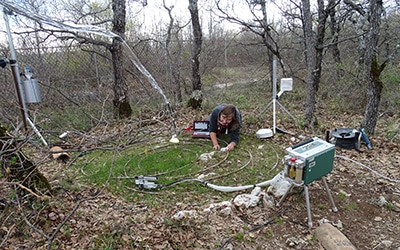
Water
The compositions in δ18O, δ17O, 17O-excess and d-excess of water (precipitation, lakes, springs, etc..) and water vapour are used at CEREGE for :
- Quantification of fractionations at the subsurface-surface (including vegetation) - atmosphere interface.
- Tracing the water cycle at this same interface.
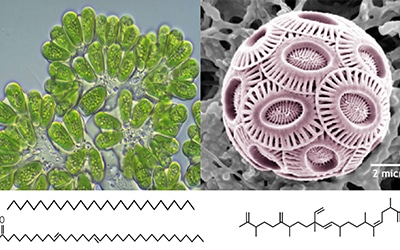
Organic compounds
The compositions in δ13C and δ15N of powders and δD and δ13C of organic molecules are analysed at CEREGE for :
- Tracing vegetation changes (δ13C on n-alkanes)
- Tracing changes in the carbon cycle (δ13C on alkenones)
- Reconstruction of past changes in the hydrological cycle in the continental domain (δD on n-alkanes, triterpenes, etc.)
- Reconstruction of past hydrological cycle changes in the marine domain (δD on n-alkenones, sterols, etc.)
- Measuring soil organic carbon turnover to feed carbon cycle models
- Characterisation of organic matter stabilisation processes in soils
- Characterisation of the impact of climate change on biodiversity and biodegradation of forest litter

